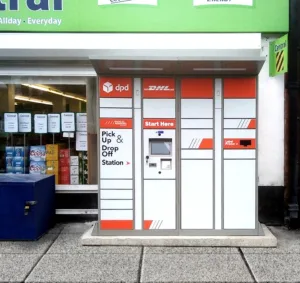By Emma Keens, Associate Creative Director at tone of voice agency The Writer
Are your customer service and marketing teams speaking the same language? Often, the answer’s no. Like in this common example:
“Good afternoon, you have reached Any Bank customer service. How may I be of assistance?”
You’ve probably heard that greeting, or something like it, a hundred times. Now compare this:
“Hi, and thanks for calling Any Bank. My name is Bob. How can I help you?”
You can guess which one people would prefer to get. And if you’re calling your bank, whose marketing campaigns use lovely, straightforward language, you’d expect the friendlier, more helpful greeting from them on the phone.
Bridging the tone of voice gap
To a customer, the person on the other end of the phone or email is your brand in that moment. So why is there so often a disconnect between the voice of marketing and the voice of customer service?
It’s a question that comes up a lot. We’ve been to customer experience (CX) conferences where everyone from banks to health food brands has said they’re facing similar challenges.
Here are our tips for helping your customer experience teams stay on tone (and on-brand), even when they’re on the spot.
1. Take your brand guidelines, and make them work for customer service.
When you’re answering calls and emails from unhappy customers all day, a brand guide telling you how to write a fun ad headline isn’t exactly useful. Take a look at your brand voice guidelines and make sure they take CX into account – especially the more difficult conversations when people are more likely to fall back on formal language. Because those are the moments that can reinforce your brand and what you stand for.
2. That goes for training, too.
When it comes to training people on how to apply their tone of voice, clients usually prioritise their brand and marketing communications teams. But your people on the frontline are the ultimate ambassadors of your brand, often during the real make-or-break moments. To give your customers a consistent experience, your training should cover everyone who’s representing you.
3 . Take the robot out of the humans
AI is increasingly becoming a feature of customer service. But it doesn’t mean that you need to lose your personal touch. We once heard a conference speaker say it’s not about replacing humans in contact centres with robots, but instead ‘taking the robot out of the humans’.
That’s because AI can give your teams richer context to be able to have more natural, more meaningful conversations with customers. To see it as a tool, not a threat.
4. Help them see the grey.
Whether you’re selling insurance, flights, or video games, black-and-white policies can never cover every scenario where something goes wrong. So help your customer service teams ‘see the grey’ by giving them a framework for conversation. This will empower them to give your customers a better experience, rather than reciting a rule book.
5. If you have to script something, make it conversational.
Of course, some things – like legal disclaimers in heavily regulated industries – will still need to be scripted. In those cases, try to make the language as natural as possible.
For example, there’s no reason why you have to say ‘’You may invest in an alternate portfolio if you choose to make additional contributions’’. Instead, you can say something like “If you’d like to make any extra contributions, you can invest in a different portfolio”, which means the same thing.
And give your customer experience team some options, so they’re not reading the same thing over and over again – because if they’re bored, it’ll show.







